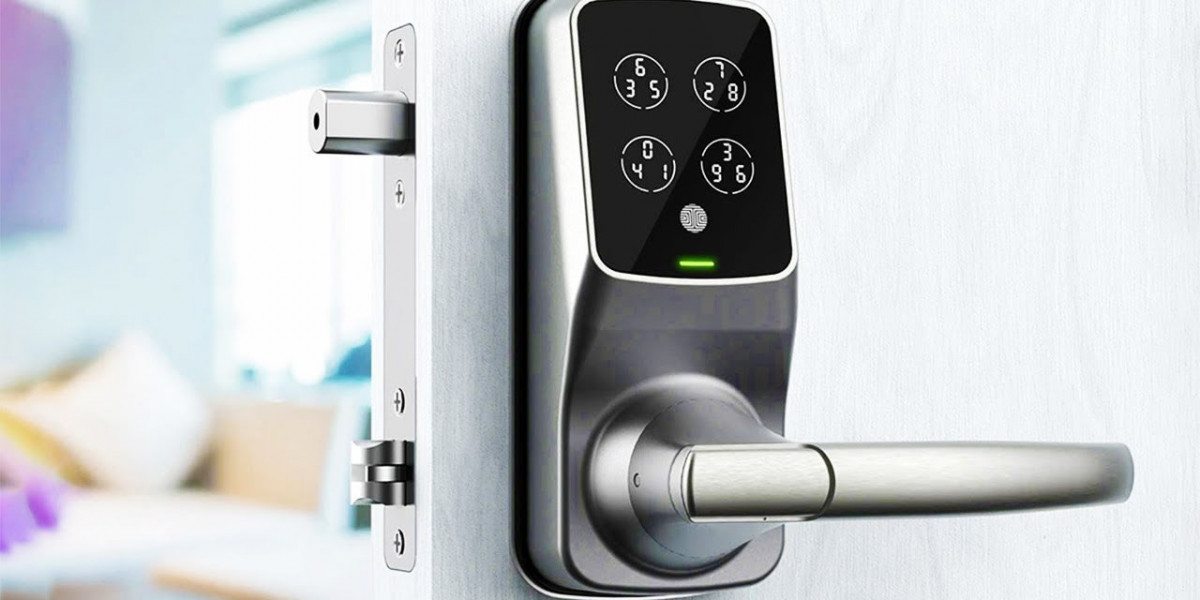Introduction
While smart locks offer enhanced security and convenience, they also come with certain challenges that impact their adoption and user satisfaction. Key issues such as battery life, reliability, and user concerns related to security and accessibility play a crucial role in shaping the smart locks market. This article examines these challenges and explores potential solutions to improve smart lock performance and user confidence.
Key Challenges in the Smart Locks Market
Despite advancements in smart lock technology, several challenges hinder widespread adoption:
1. Battery Life and Power Efficiency
Most smart locks rely on batteries, making power efficiency a major concern for users.
Frequent battery replacements or recharging can be inconvenient, especially in high-usage environments.
Cold weather conditions can negatively affect battery performance, leading to unexpected failures.
Solutions: Manufacturers are developing energy-efficient locks with longer battery life, low-power connectivity options (such as Bluetooth Low Energy), and backup power solutions like solar charging or emergency key access.
2. Reliability and Connectivity Issues
Wi-Fi or Bluetooth connectivity failures can prevent smart locks from functioning properly, leading to lockouts.
Network congestion or interference may cause delays in remote access and control.
Some users report mechanical failures or software glitches that compromise lock performance.
Solutions: Improved connectivity protocols, dual-network support (Wi-Fi and cellular), and fail-safe mechanical backup mechanisms are being integrated into smart lock designs to enhance reliability.
3. User Concerns: Security and Privacy Risks
Hacking threats and cybersecurity vulnerabilities pose risks to smart lock security.
Some users worry about unauthorized access through stolen or intercepted digital credentials.
Data privacy concerns arise from cloud-based access logs and third-party data sharing.
Solutions: Strong encryption, multi-factor authentication, and regular firmware updates help mitigate cybersecurity risks. Transparency in data policies and decentralized authentication methods (such as blockchain) can also address privacy concerns.
4. Compatibility with Existing Door Hardware
Retrofitting smart locks onto traditional door hardware can be challenging due to size, design, or installation requirements.
Some smart locks may not be compatible with all door types or security systems.
Solutions: Universal mounting kits, modular designs, and partnerships with door hardware manufacturers are improving compatibility and ease of installation.
Future Solutions and Innovations
To address these challenges, the smart locks market is evolving with innovative solutions:
AI-Driven Battery Optimization: Smart locks will use AI algorithms to manage power consumption and extend battery life.
Edge Computing for Faster Processing: Reducing reliance on cloud processing can improve reliability and response time.
Advanced Biometrics: Future smart locks may integrate more secure biometric authentication, such as palm vein recognition or heartbeat-based unlocking.
Offline Access Modes: Smart locks with local authentication can ensure users can access their properties even during internet outages.
Conclusion
While smart locks offer significant advantages in security and convenience, addressing challenges like battery life, reliability, and user concerns is essential for broader adoption. Innovations in power efficiency, connectivity, and cybersecurity will continue to shape the future of the smart locks market, ensuring a balance between convenience and security for users across residential, commercial, and automotive applications.








